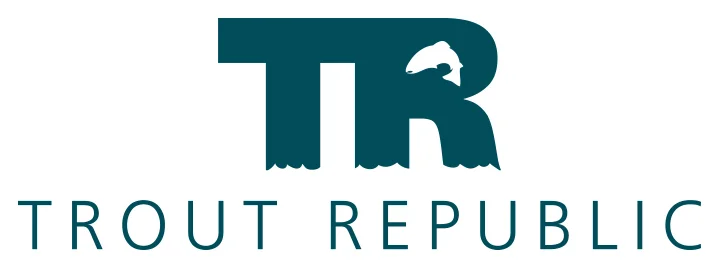Foraging bears
/Hang onto your hats, coolers, bird feeders and trash cans as this is the time of year when bears start their annual trek to the cities and cabins near the National Forests. In preparation for winter hibernation, they will go to any extreme to get more calories into their diet.
The recent rains should help alleviate some of their hunger as berries and other food they depend on become more available. However, due to a rising bear population, local Wildlife Officials are already receiving reports of bear depredation.
Just last week, there was a bear foraging for food in Creede. The level of excitement in town suddenly blossomed into an almost panic level as people rushed to take pictures of the "cute little bear" while officers tried to coerce it into a cage. Another bear visited Aspen Ridge RV Park in South Fork last week and tore the door off a refrigerator near an RV there.
Last year there were a lot of bears breaking into cabins, and, according to local lore, one young cub climbed through the kitchen window and ate all of the cherished Palisade peaches. After eating the peaches, he carefully lined the peach pits on the counter in a neat row before exiting the house through the same window. Polite though he was, repeated attempts to break into the same house ended in disastrous results for him.
The Colorado Parks and Wildlife (CPW) currently maintain a "three strikes and you’re out" program. Under these guidelines, if a bear breaks into cabins three times in a row, the officers then have to put it down. After three encounters it is believed that the bear becomes desensitized to human contact and therefore becomes a danger to the general population.
While incidents like these are good fodder for camp fire conversation, they are also indicative of a shrinking wildlife habitat and often bring about bad results for the bears.
As we have created a patchwork of towns, farms, subdivisions and roads, we have also caused the displacement of many animals. Land that was once winter foraging areas for elk, bear and deer is now golf courses, subdivisions and parking lots. Finding new winter destinations puts a strain on the local wildlife population and brings them in closer contact with humans.
Without proper harvesting and population controls, more animals are vulnerable to being hit by a car or dying from disease. In prairie dog towns, for instance, when the carrying capacity is out of balance the bubonic plague eradicates many of the animals.
Mike Blakeman, Public Information Officer with the Forest Service said it best, "Nature has no values, it just does what it does."
Starvation, while one of nature’s tools for keeping the balance, is also one of the hardest to witness. In 1905, President Theodore Roosevelt, an ardent sportsman, saw that the Kaibab Plateau region around the new Grand Canyon National Park was being overgrazed by domestic animals and consequently had decreased the deer population to only 4,000 animals. He banned all hunting and removed livestock resulting in an increase in the deer population. Within 20 years, more than 100,000 deer grazed the land. However, the deer had increased past the carrying capacity of the land and in one year more than 60,000 of them died of starvation.
Hunting was reintroduced to the area as a method to balance the number of deer to the land and now, almost a century later, there is a stable population of healthy animals residing there.
While there is no perfect answer how best to keep the balance of nature, there is one certainty: we have a responsibility to be good stewards of the land and animal. Being a good steward can range from putting your trash into bear-proof cans, to bringing in your hummingbird feeder at night or to helping maintain the carrying capacity of the land by participating in hunting.
No matter your outdoor experience -- whether it be with a camera, gun or bow -- know that the animals we pursue in the forests and plains will be healthy or unhealthy because of your habits.
I encourage you to find your own part in this great scheme of things and learn to live in balance with all of the flora and fauna around you. We are only here for a passing moment, don't waste another minute.
For Cooper and me, you’ll find us in high creeks using #16 Elk Hair Caddis and listening for the the bugling of bull elk. CPW estimates there are over 10,000 elk in our area. I hope we see a few. Come join the fun!
